Nutrition for ultra-marathons or ultra-trails is a whole new ballgame of fueling and hydration requirements. Defined as events lasting at least 6 hours, ultra-endurance events place extreme and unique physiological demands on athletes. Although proper training is undoubtedly a crucial factor in preparing for such extraordinary physical feats, nutrition is also paramount as these events would not be possible without adequate fueling.
Proper nutrition and hydration are among the most important considerations for all athletes: it is important to have a gameplan in advance. If you are struggling to find a diet that works for you, finding yourself “hitting the wall” during races, or feeling lethargic during events, keep reading to learn how to properly fuel before an ultra! Keep in mind that these are general guidelines and that you may have to adjust accordingly depending on your training load, goals, specific individual needs, and the environment.

Carbo loading
The concept of “carbo loading” has been around for decades. This term refers to the idea that by eating a sufficient amount of carbohydrates in the days leading up to an event, your muscles will be maximized with glycogen stores, allowing you to have more prolonged energy and thus better performance. In the past, many athletes have mistaken this notion to mean eating mountains of white rice, bagels, and other high-carb foods the night before a race. This is counterintuitive, as your body can only absorb a certain amount of carbs before converting them into fat. As a result, you will be left feeling lethargic, groggy, and bloated for your race: everything you don’t want. So, what should carbo loading actually look like in the weeks leading up to a race…?
6 weeks before race day
As race day nears around the corner, you want to start strategizing your nutrition plan. Practice carbo-loading in the 2-3 days prior to your longest run while limiting the amount of fat and protein consumed. This means eating anywhere between 10-12 g/kg/day of carbohydrates. By practicing this, you will get a sense of what foods work best for your body. Eating all types of fruits and vegetables is encouraged, but those that carry an anti-inflammatory punch could be most beneficial to reduce inflammation and oxidative stress. This includes berries (blueberries, raspberries), stone fruits (peaches, cherries, plums), and an array of vegetables (kale, sweet potatoes, red bell peppers). As for protein and fat,consuming ≥20 grams at 3–4 h intervals and 20–35% of energy intake, respectively, is enough to maximize protein synthesis and maintain performance and health.
2-3 days before race day
This is the point where you actually want to start carbo-loading. Although the specific timing and type of foods should be chosen to suit personal preferences and experiences, a recommendation of 10-12 g/kg/day is made for carbohydrate loading. You want to choose compact carbohydrate-rich sources that are low in fiber and easily consumed can ensure that these fuel targets are met. These are otherwise known as low glycemic index (GI) foods. Low GI foods also provide a more sustained source of fuel and include soy products, boiled sweet potatoes, beans, al dente pasta, grainy breads, and porridge.
If you have experienced gastrointestinal distress while in long races, try limiting raw fruits and vegetables. Additionally, high-fat, high-protein and high-fiber foods, creamy sauces, and cruciferous vegetables (kale, broccoli, cabbage) should be avoided. Experimenting with any new foods is not recommended at this point; the last thing you want is to experience stomach pains from new foods!All of these tips will help by putting less strain on your gut, resulting in a lighter racing weight.
Morning before the race
Although you may be feeling too nervous to eat before a race, it is super important to have a meal rich in carbohydrates 3-4 hours before the race to help increase muscle glycogen. Up to 1 hour before the race, you may be able to stomach 1-4 g/kg of carbs. Because protein requires more time for digestion, limit protein intake in the 2 hours before the race. Additionally, limit your fat and fiber intake to decrease the risk of gut issues. Ultimately, it is up to you to know what foods sit the best, however, some ideas for suitable pre-race breakfasts include: porridge with dried fruit andgranola, a peanut butter and banana sandwich, or asmoothie if you have trouble stomaching solid foods in the morning.
Figuring out how many carbs you need
You may be wondering what 10-12 g/kg of carbs actually looks like in comparison to your typical diet. To figure this out, you can simply record the food you typically eat for several days using any food tracking app. By doing this, you can determine your usual daily carbohydrate intake and have a reference point as to how much more carbohydrates you need to be eating. For example, if you weigh 70 kg and normally eat 300 grams of carbs per day, you would need to eat a bit more than double the amount of carbs you would normally; according to the recommendations, you want to be consuming around 700 grams of carbs in the days leading up to a race. This may sound like a lot of carbs (and it is!), but it’s been shown that carbo loading reduces fatigue and can improve performance by 2-3% in events lasting more than 90 minutes, which is why many athletes practice this.
Hydration
Staying properly hydrated is important for every person, but especially endurance athletes. Before a race, you want to make sure that you’re starting at a normal level of hydration. Priming the stomach with a comfortable volume of fluid 4 hours before exercise will help you avoid dehydration. Consuming salted snacks or small amounts of fluids with salt solution can help you retain body fluids.
In conclusion...
This article provides you with general guidelines that you can follow and practice when planning out your nutrition in the weeks leading up to an event. To summarize, emphasizing carbohydrate rich foods while limiting high fat, fiber, and protein foods in the days leading up to your race will help with digestion and optimize energy levels. Knowing how to adequately fuel and hydrate your body is just as important as your training as proper nutrition promotes optimal muscle glycogen stores, protein synthesis, performance, and health!
If you have discovered some Näak recipes in this article and would like to try more, don't hesitate any longer: find all ourrecipes here!



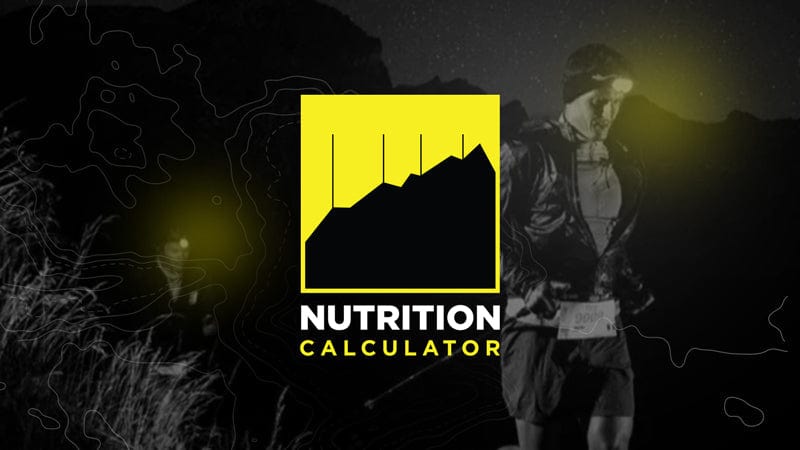
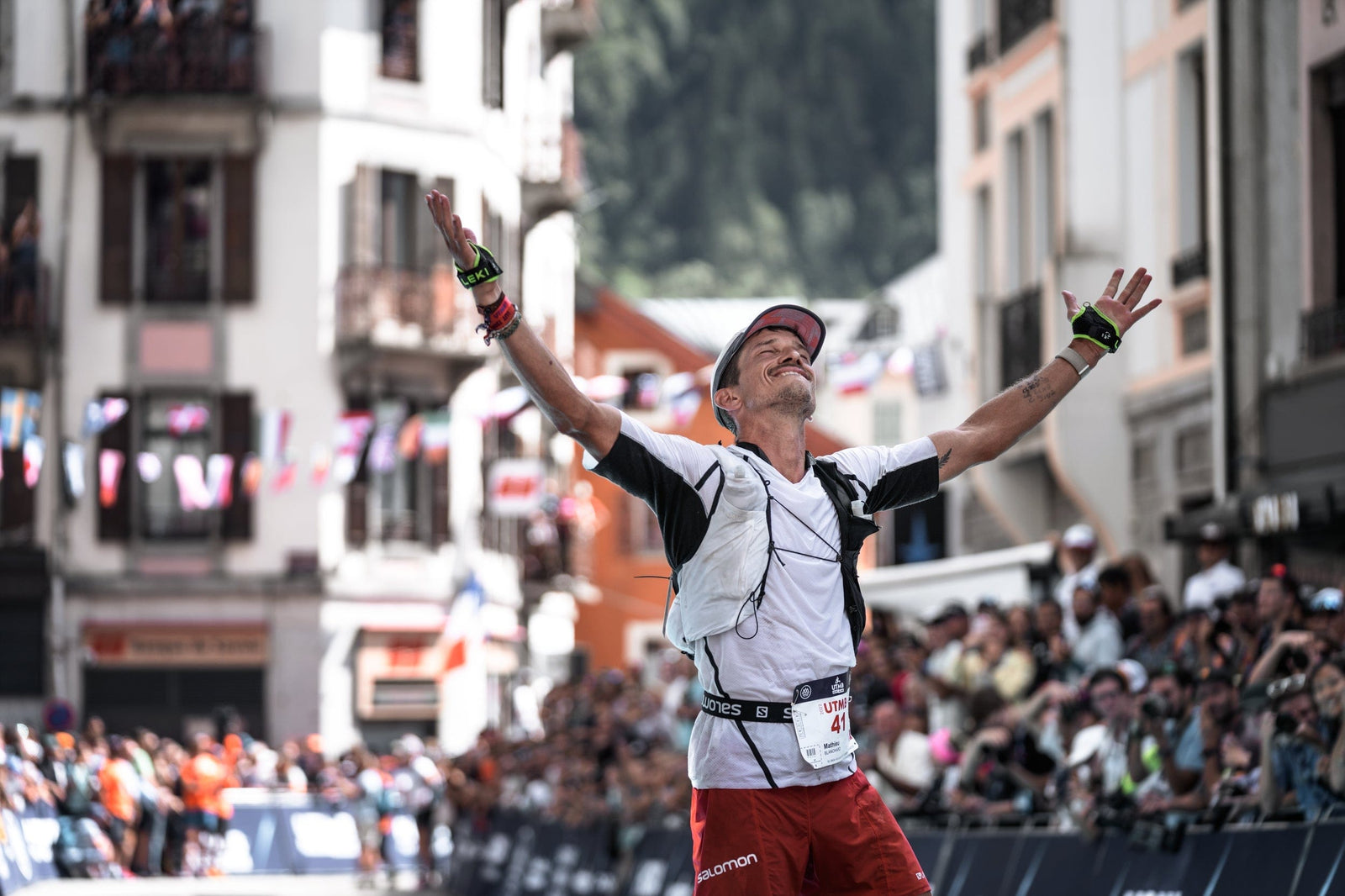









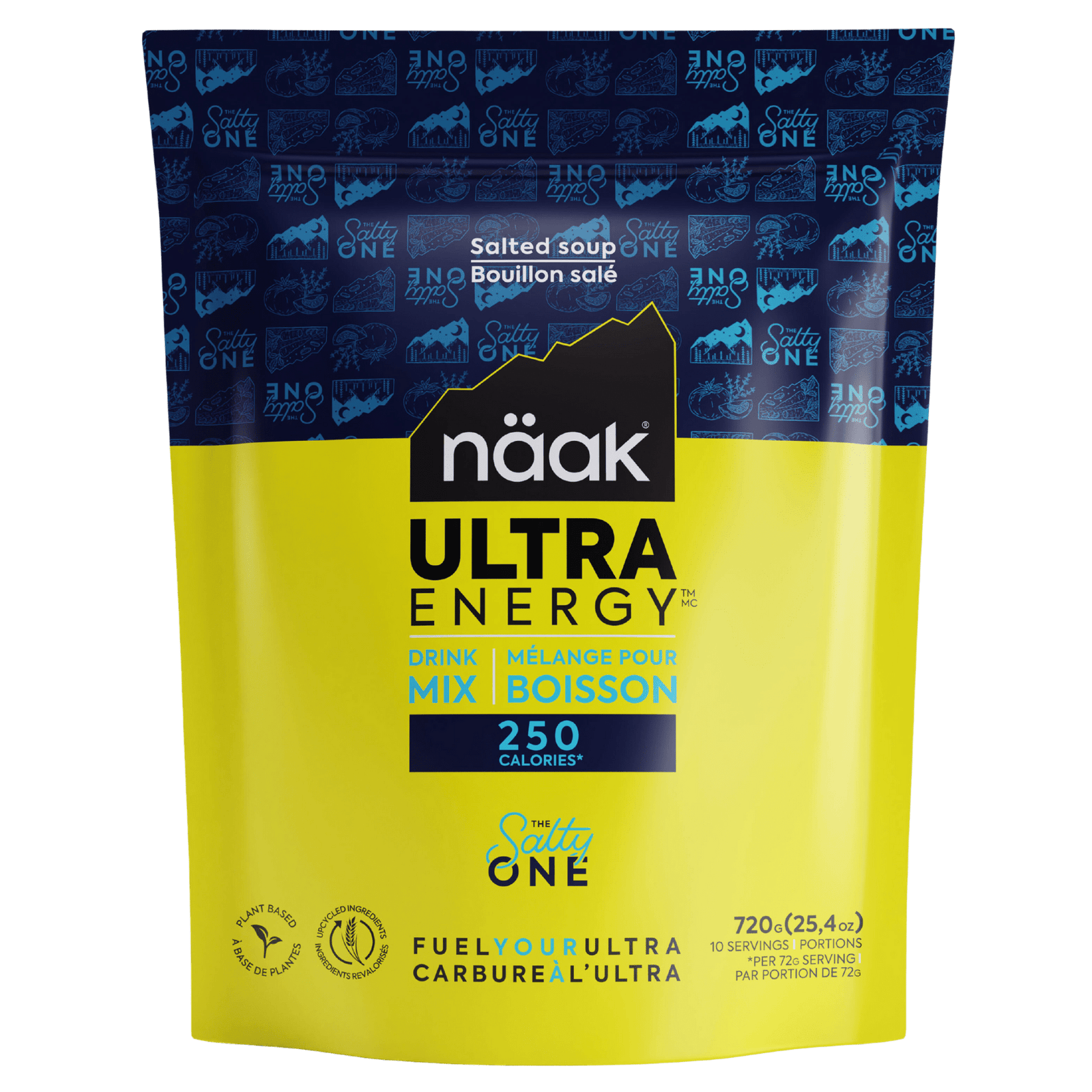
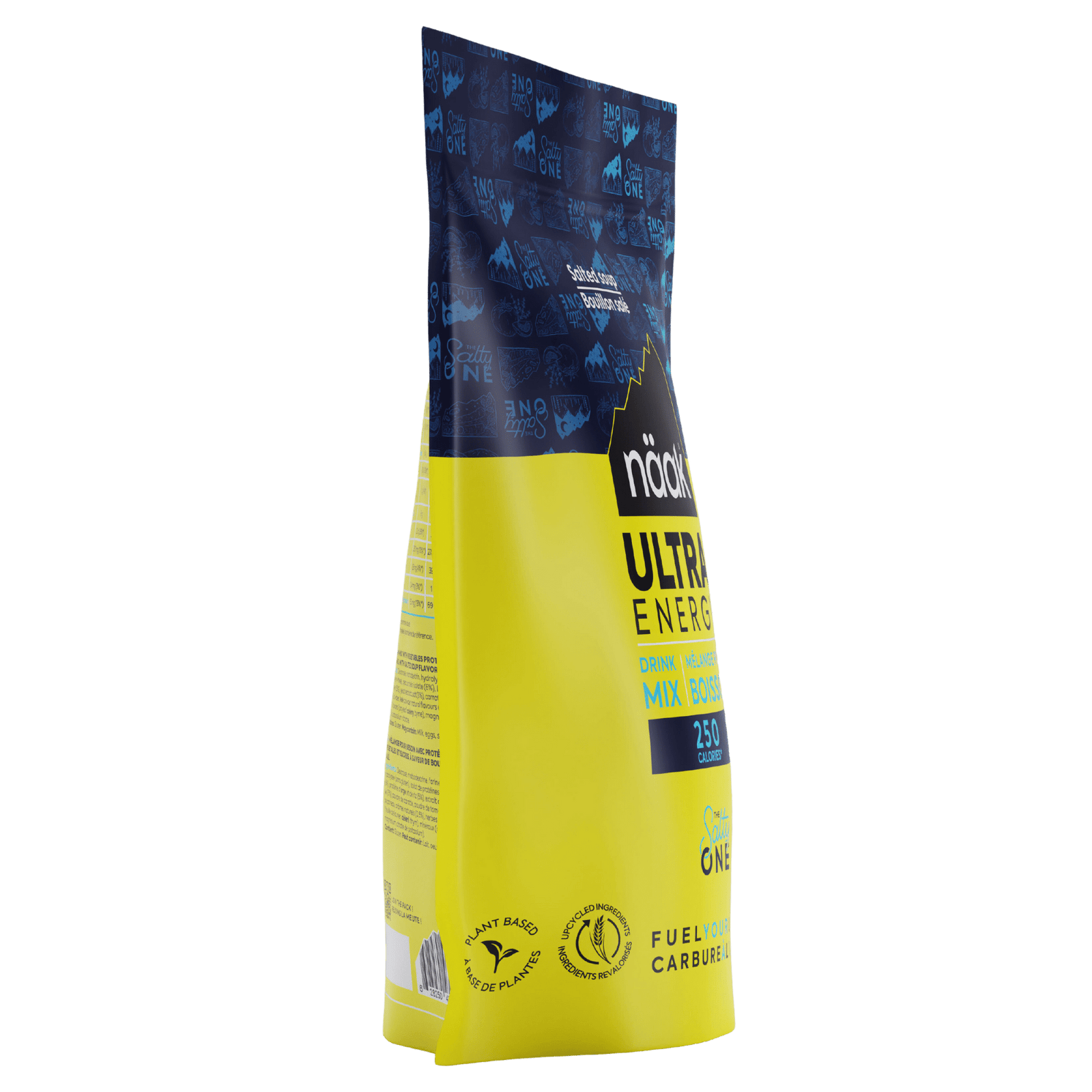
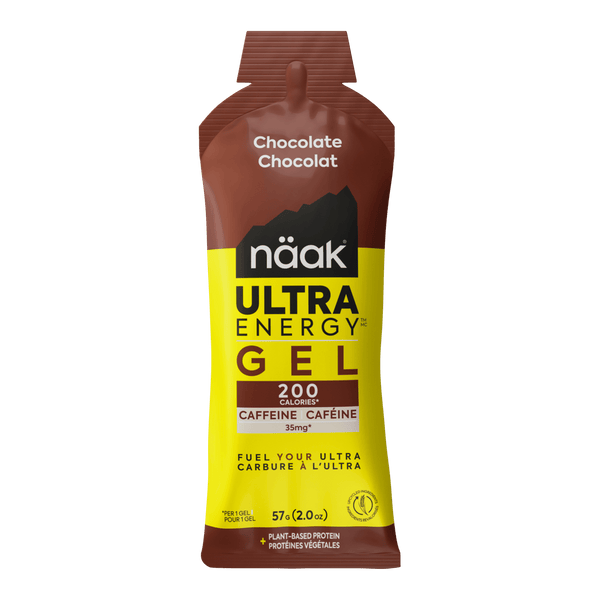
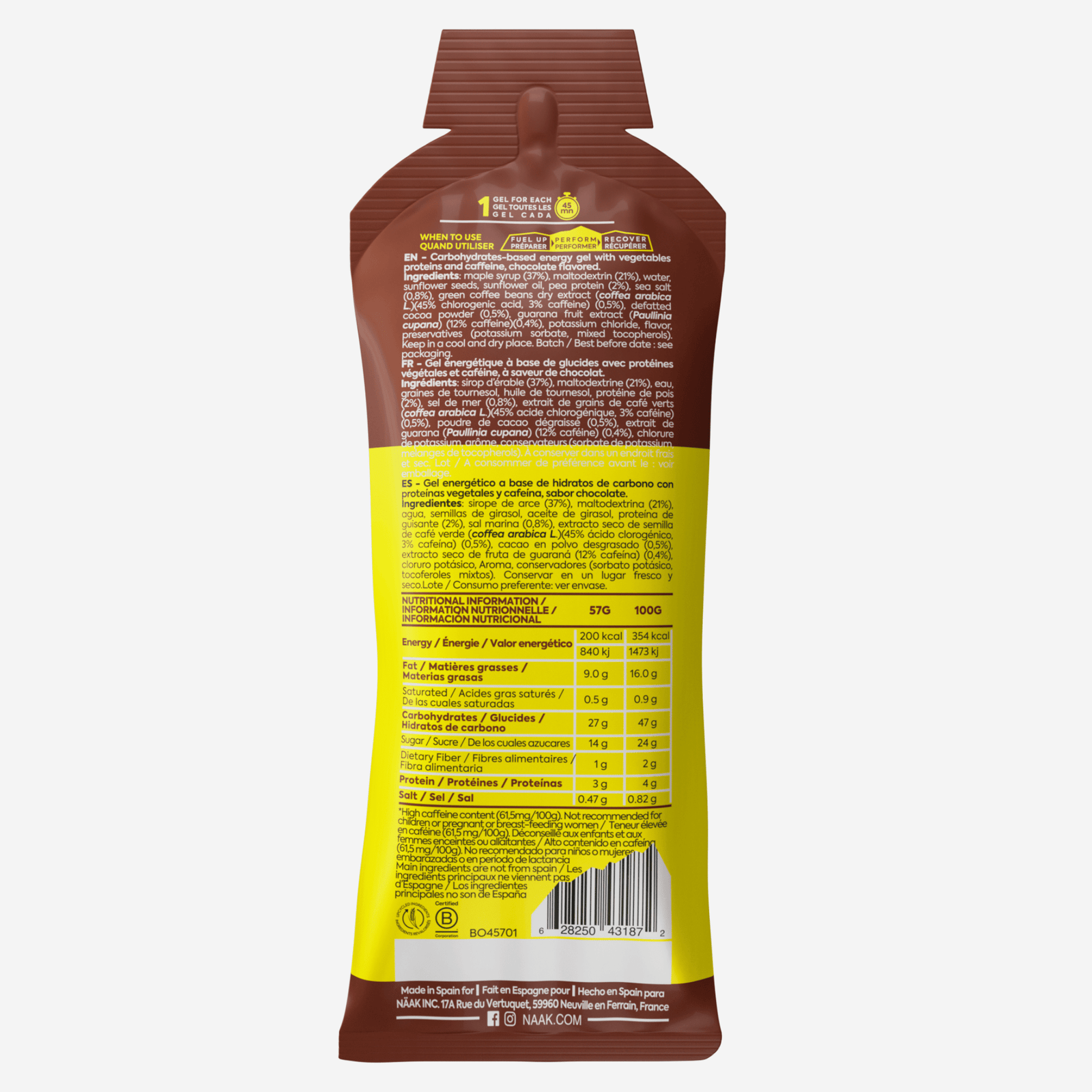
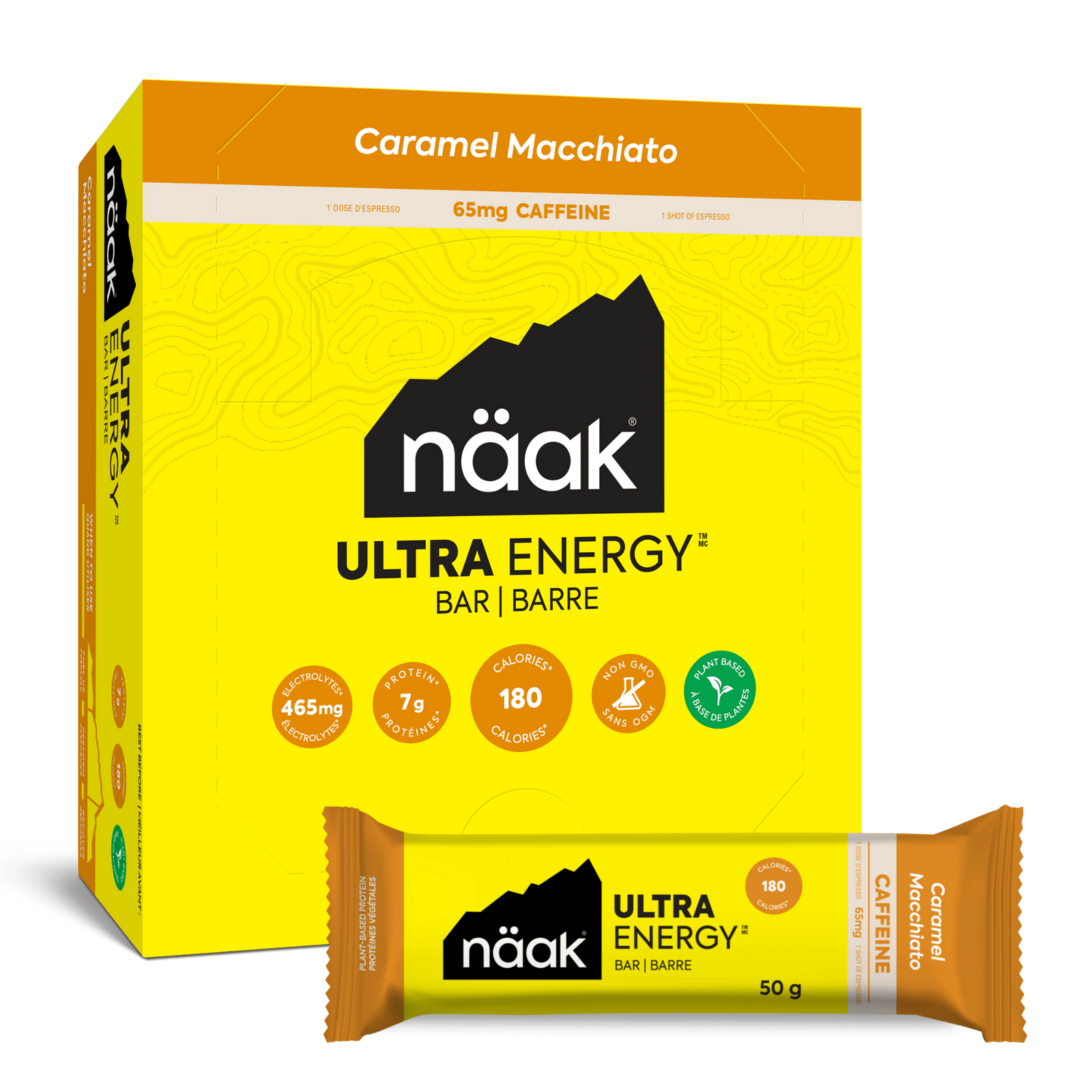
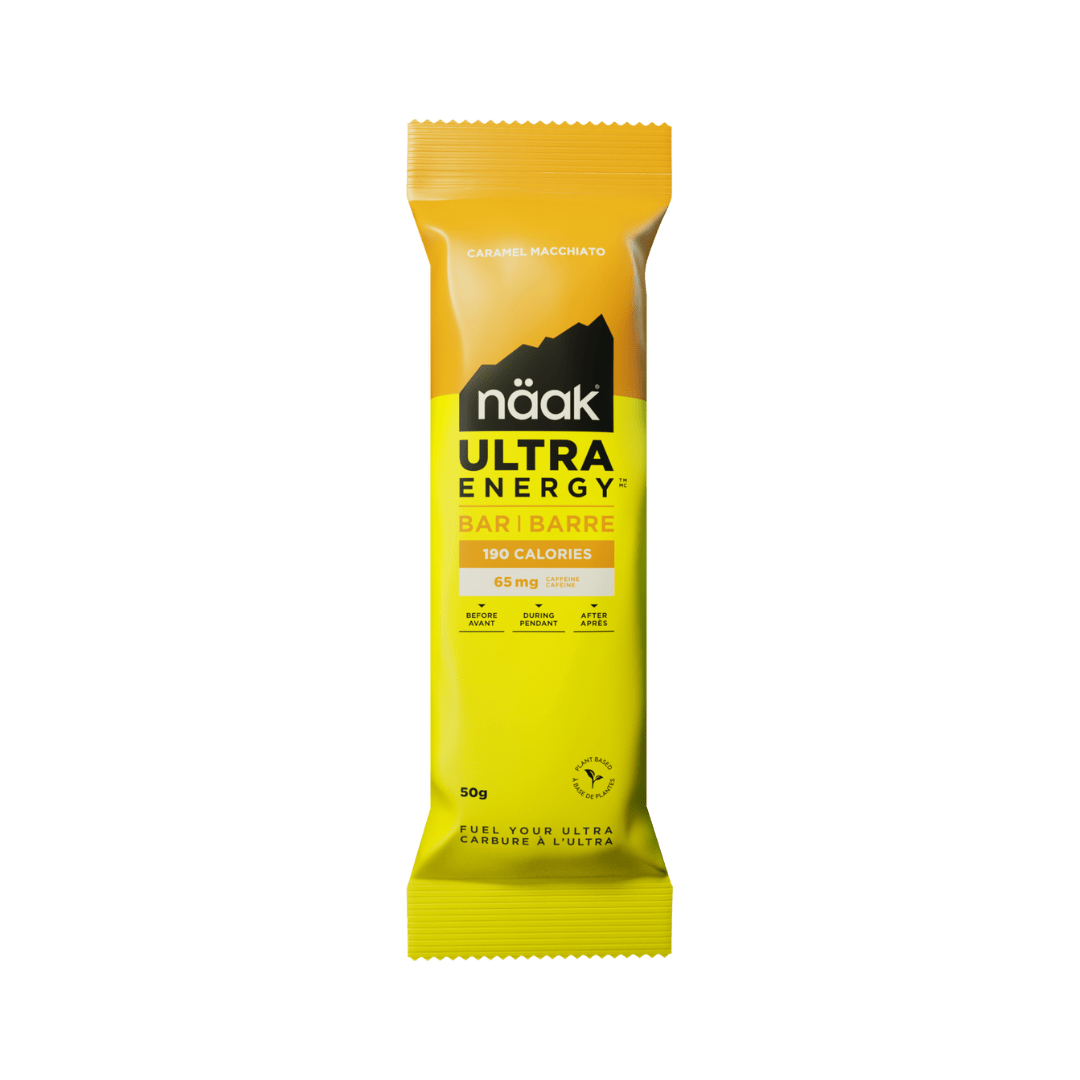
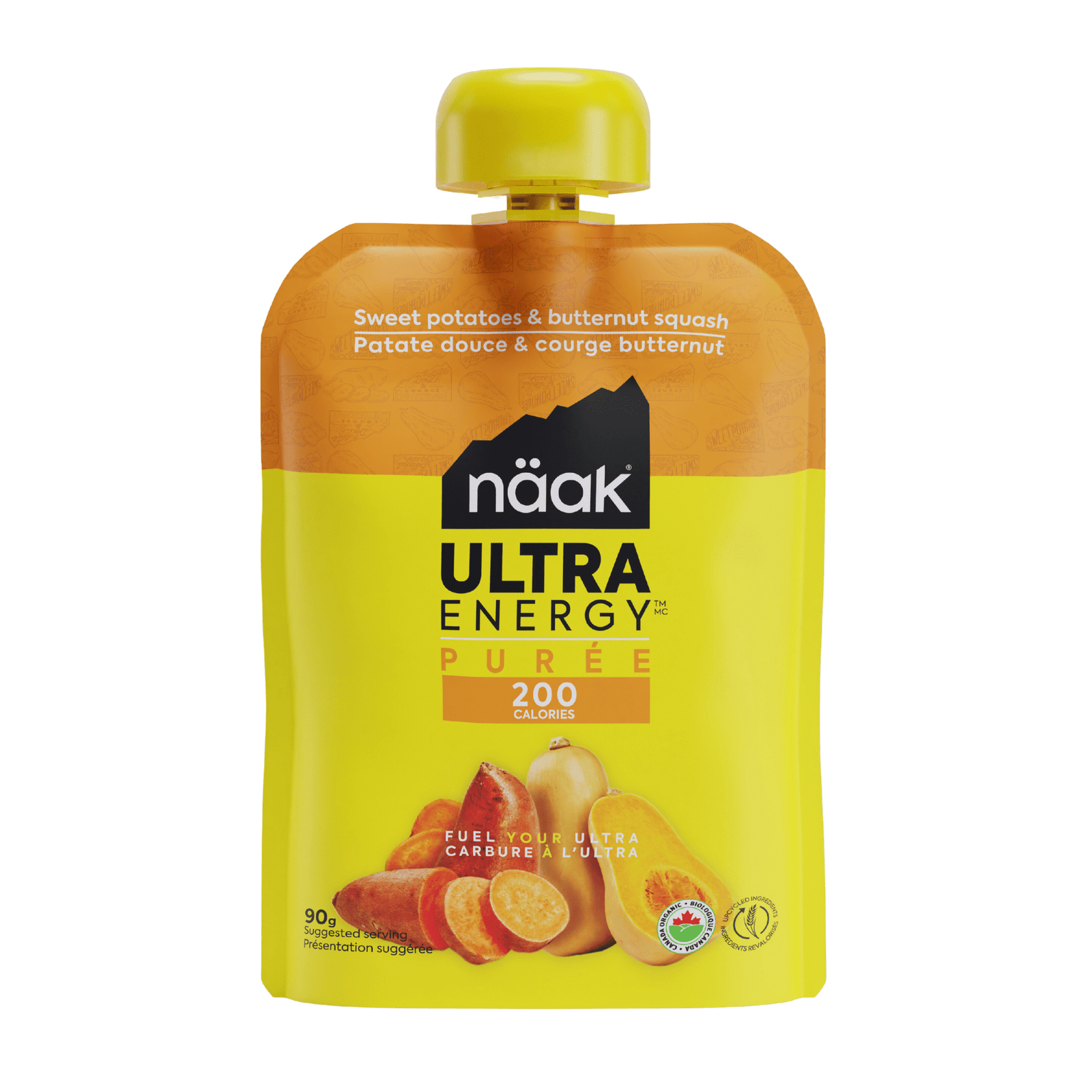
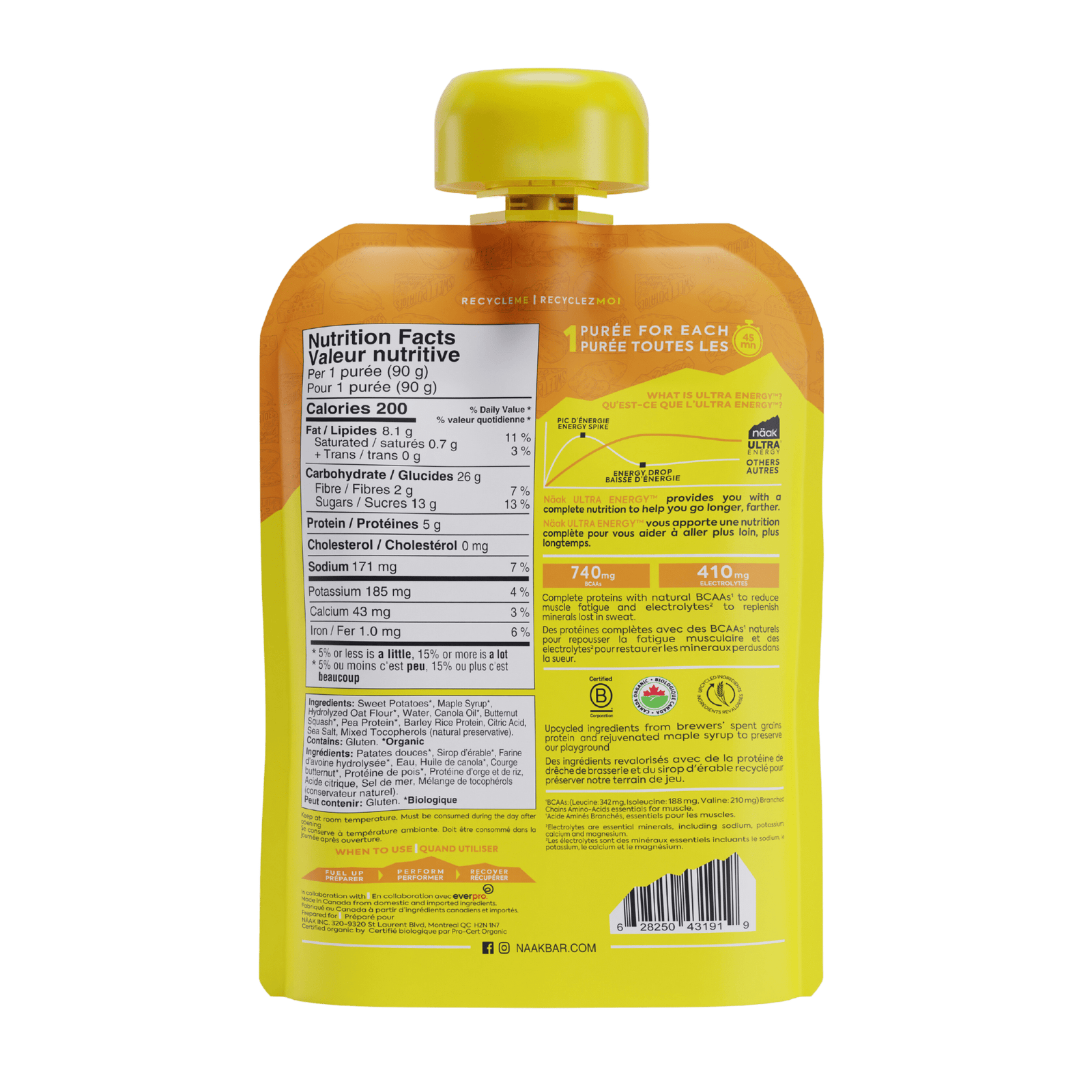
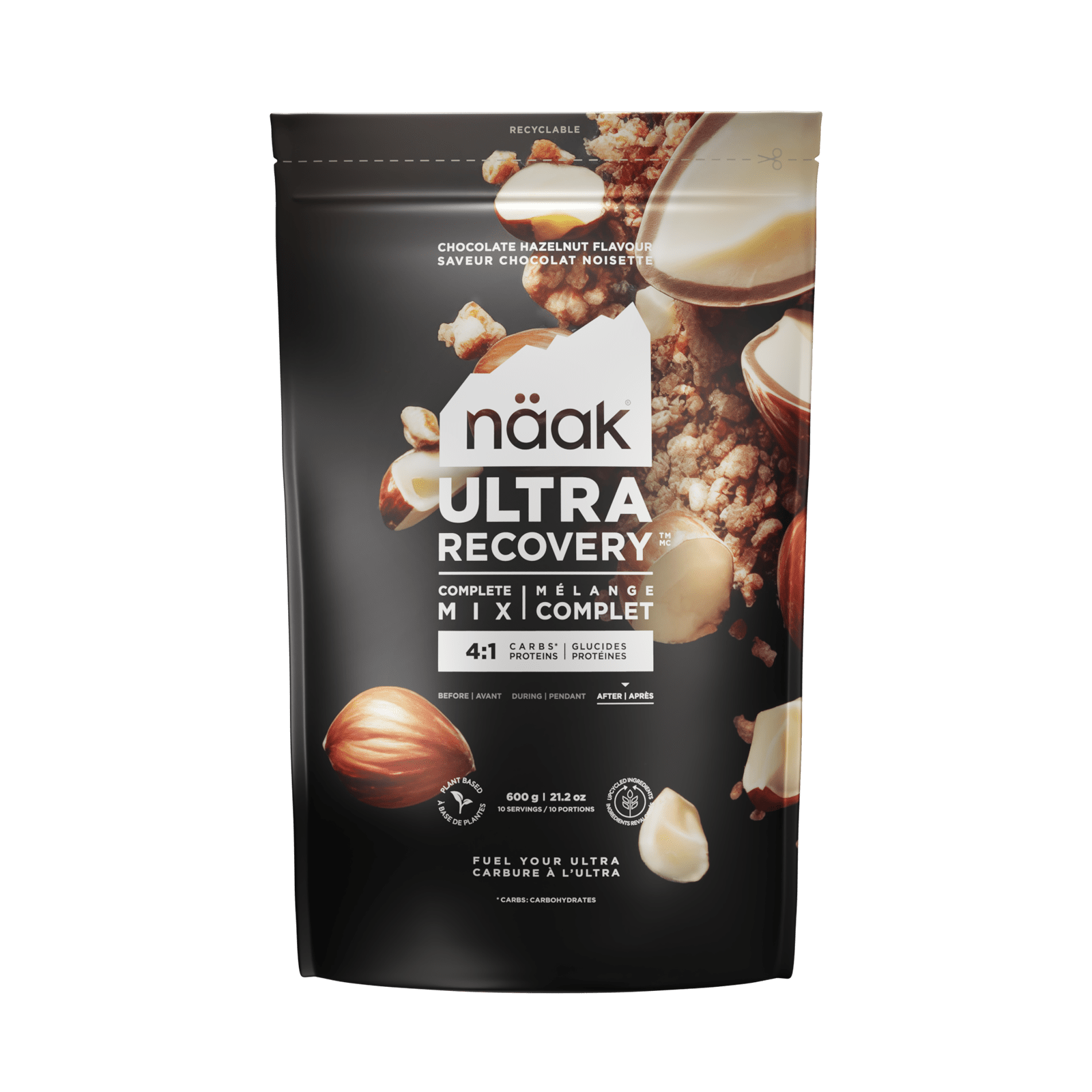


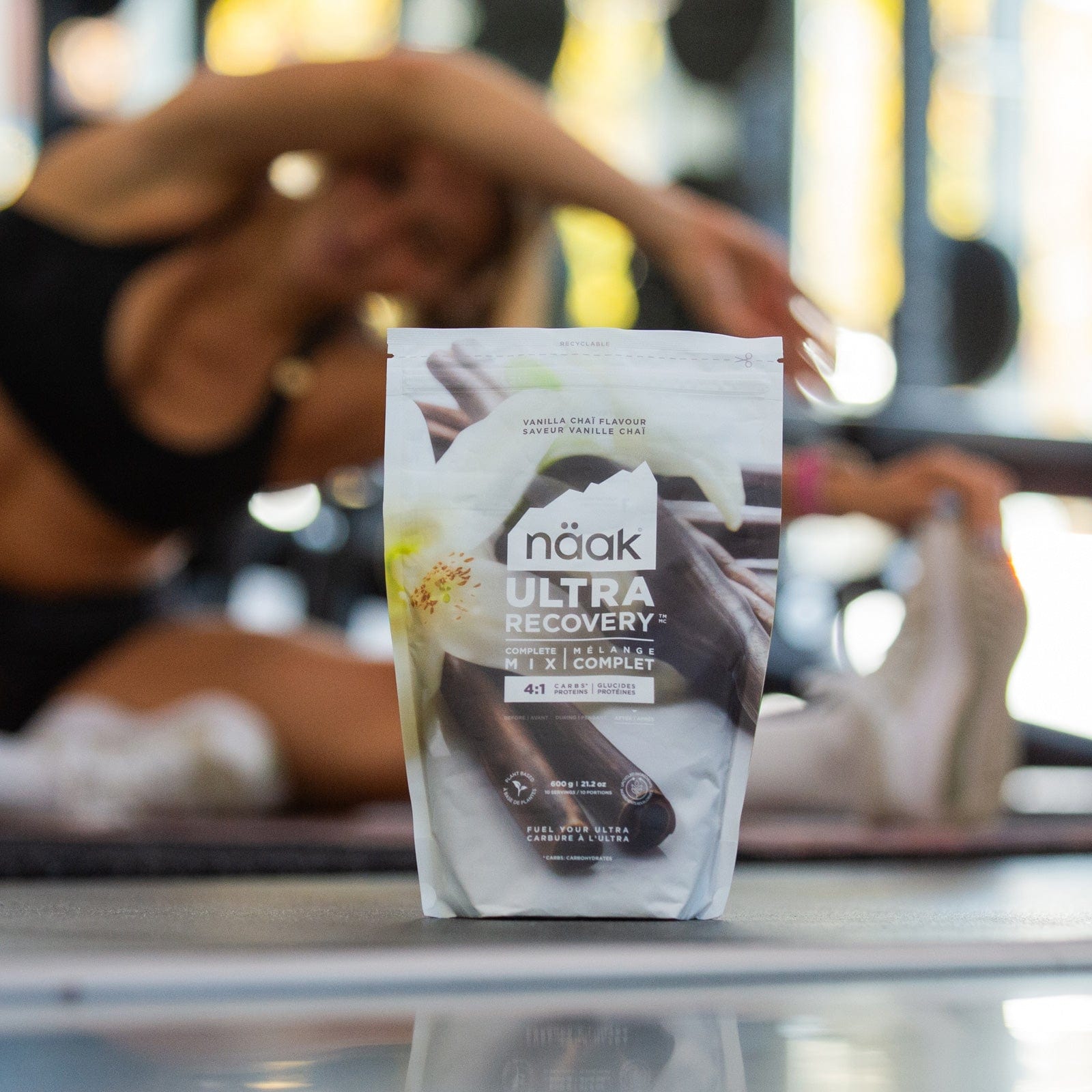
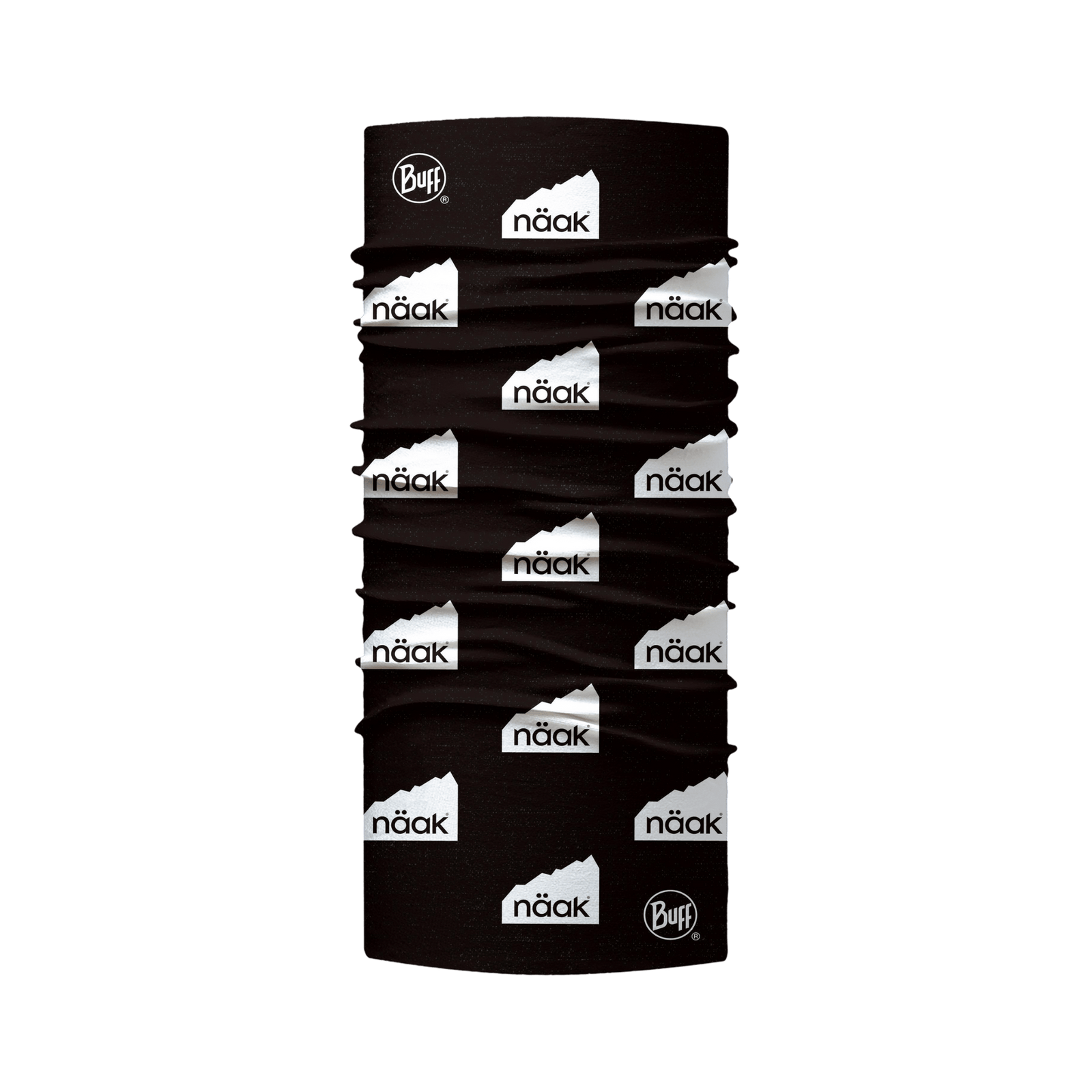
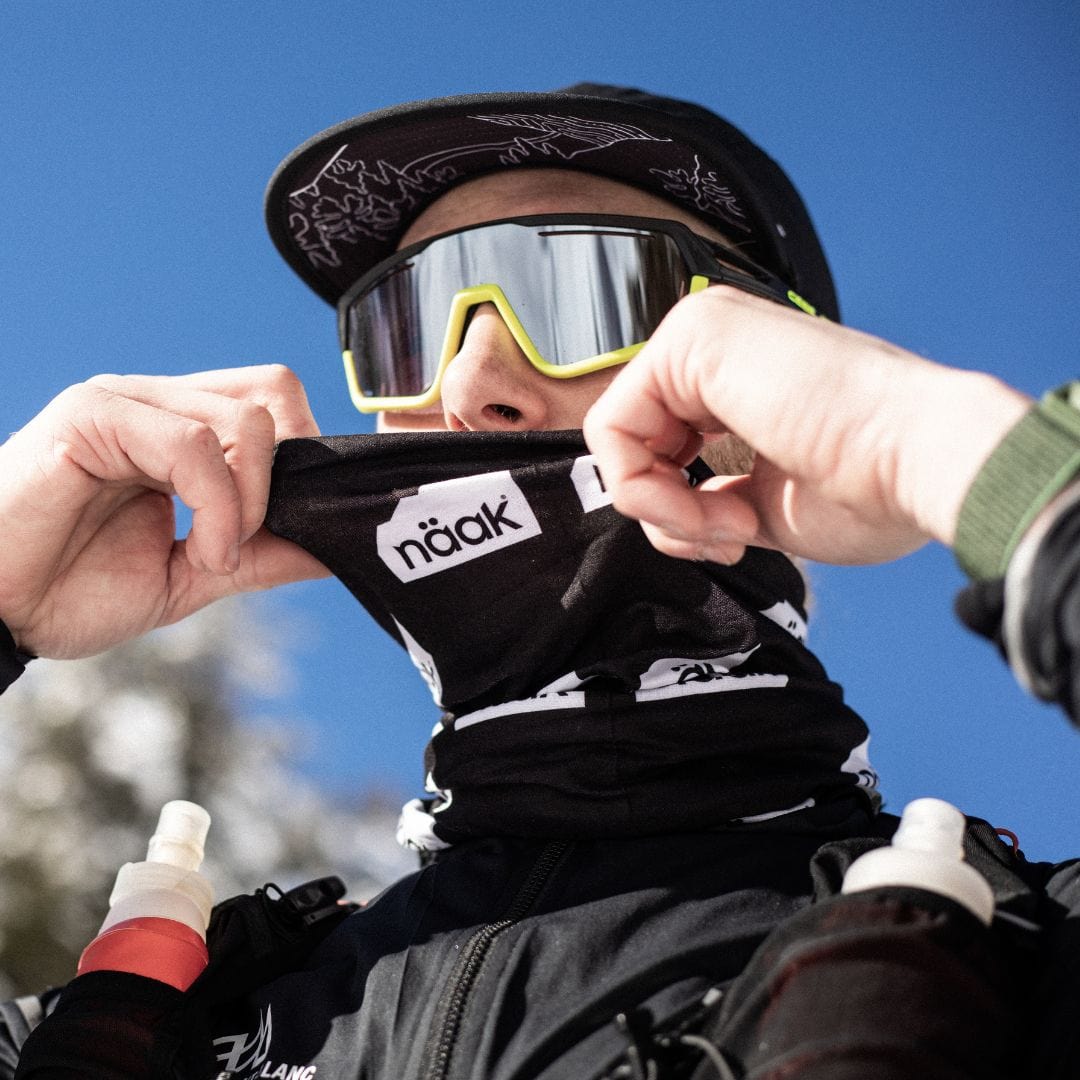
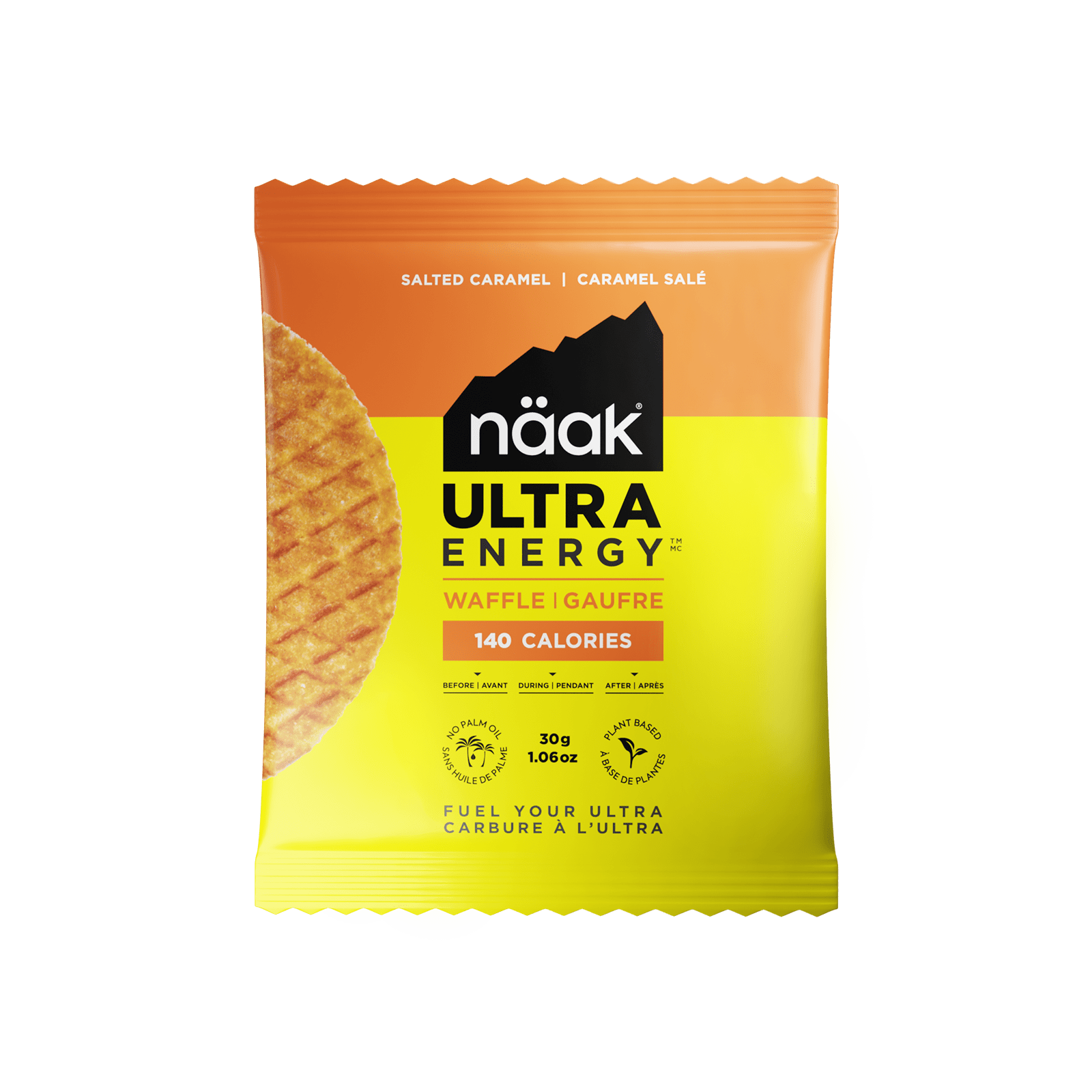



Leave a comment (all fields required)